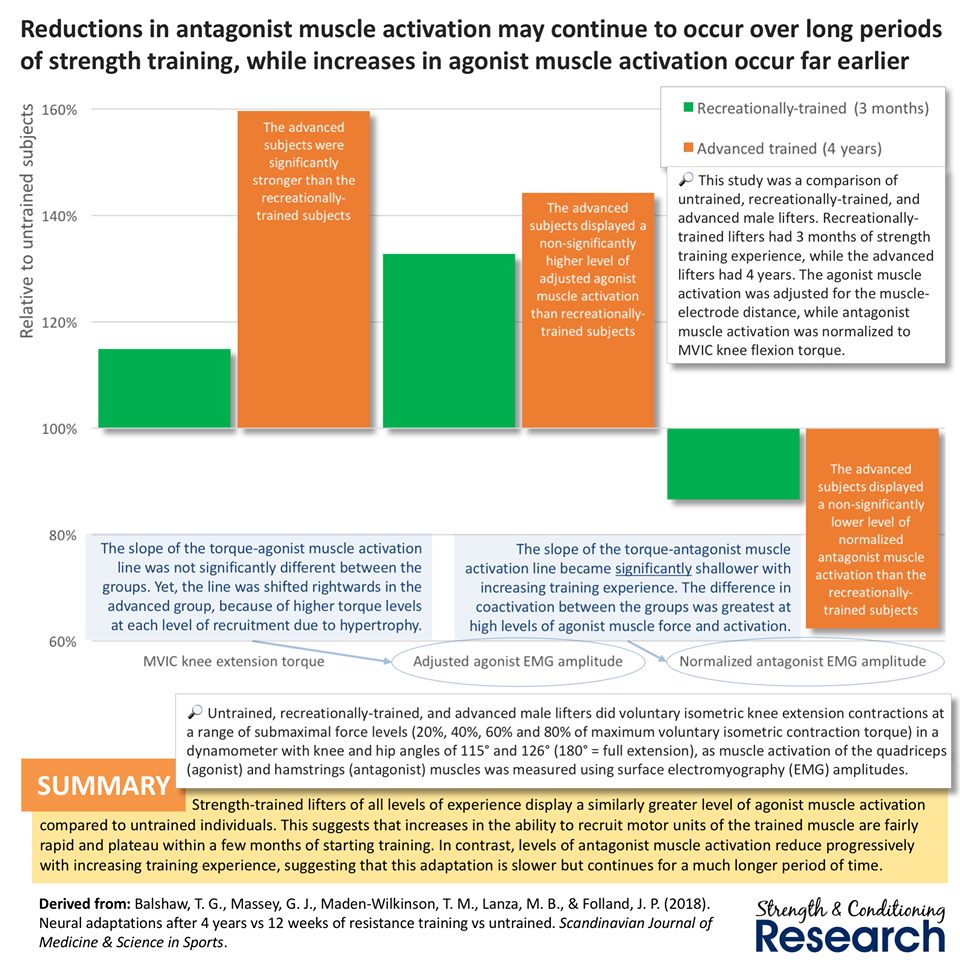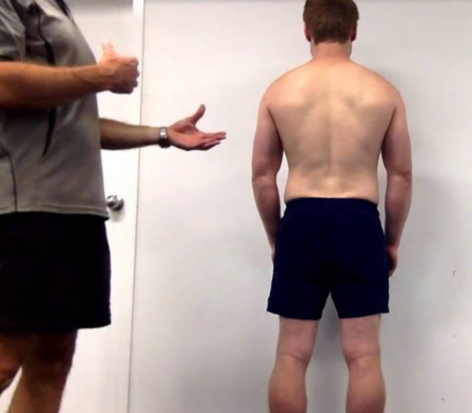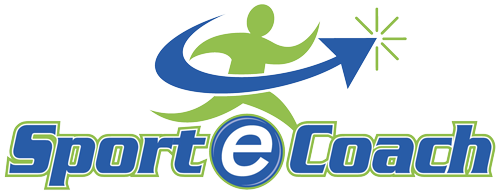This fortnight I have included an article titled ‘THE RELATIONSHIP BETWEEN ASYMMETRY AND ATHLETIC PERFORMANCE: A CRITICAL REVIEW’ from the National Strength and Conditioning Association which was published in the latest issue of the Journal of Strength and Conditioning Research.
Many coaches espouse that musculoskeletal asymmetry is a predictor for injury & will negatively impact performance. However, the authors of this study state that this proposition is not strongly supported by scientific evidence and the type of asymmetry is often not defined.
Sporting asymmetries, such as force output or jump height, are likely to be a function of limb dominance and magnified by an athletes’ long-standing participation within his or her sport. Sporting asymmetries do not seem to carry a clear influence on athletic performance measures given the current balance of the available literature
Click the link below to download and let me know what you think!
Exercise profile – hamstring pin & extend
In this clip, I fix the proximal hamstring whilst extending at the knee as a dynamic mobilisation drill.

If you are interested in learning more about muscle imbalances like this, click the button below to check out our Rehab Express course.
Infographic – the relationship between agonist & antagonist activation relative to training age

This graphic shows that, regardless of training age, agonist activation is similar.
However, those with a greater training age tend to demonstrate a reduced activation of the antagonist muscle, indicating better neuromuscular coordination.
New Sport-e-coach course
I am proud to announce that we have released our fourth short course titled ‘Developing your critical eye.’
In this course, I talk about my approach to conducting a static postural appraisal & how to transfer the findings to exercise program design.

To learn more click the button below.
